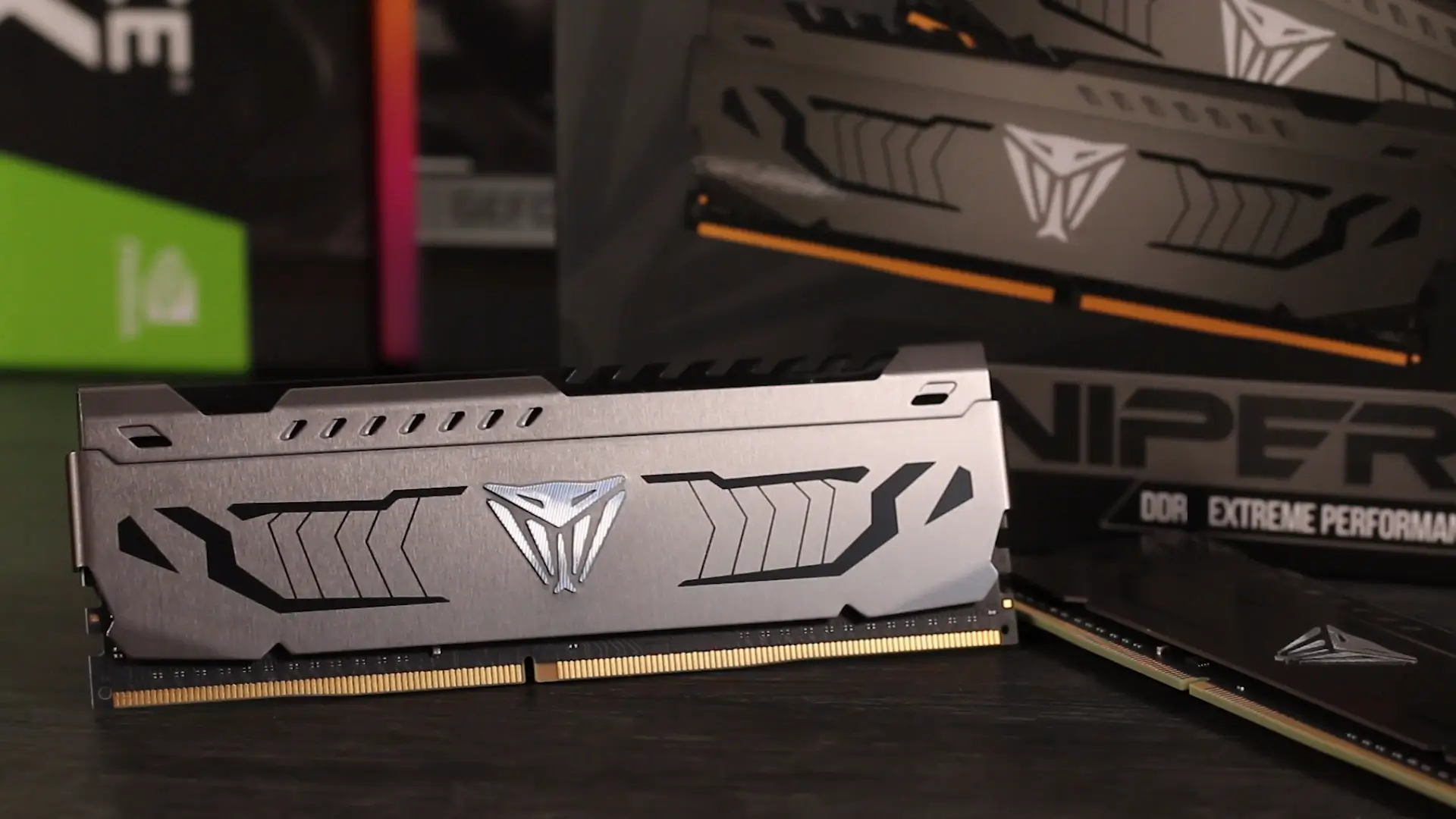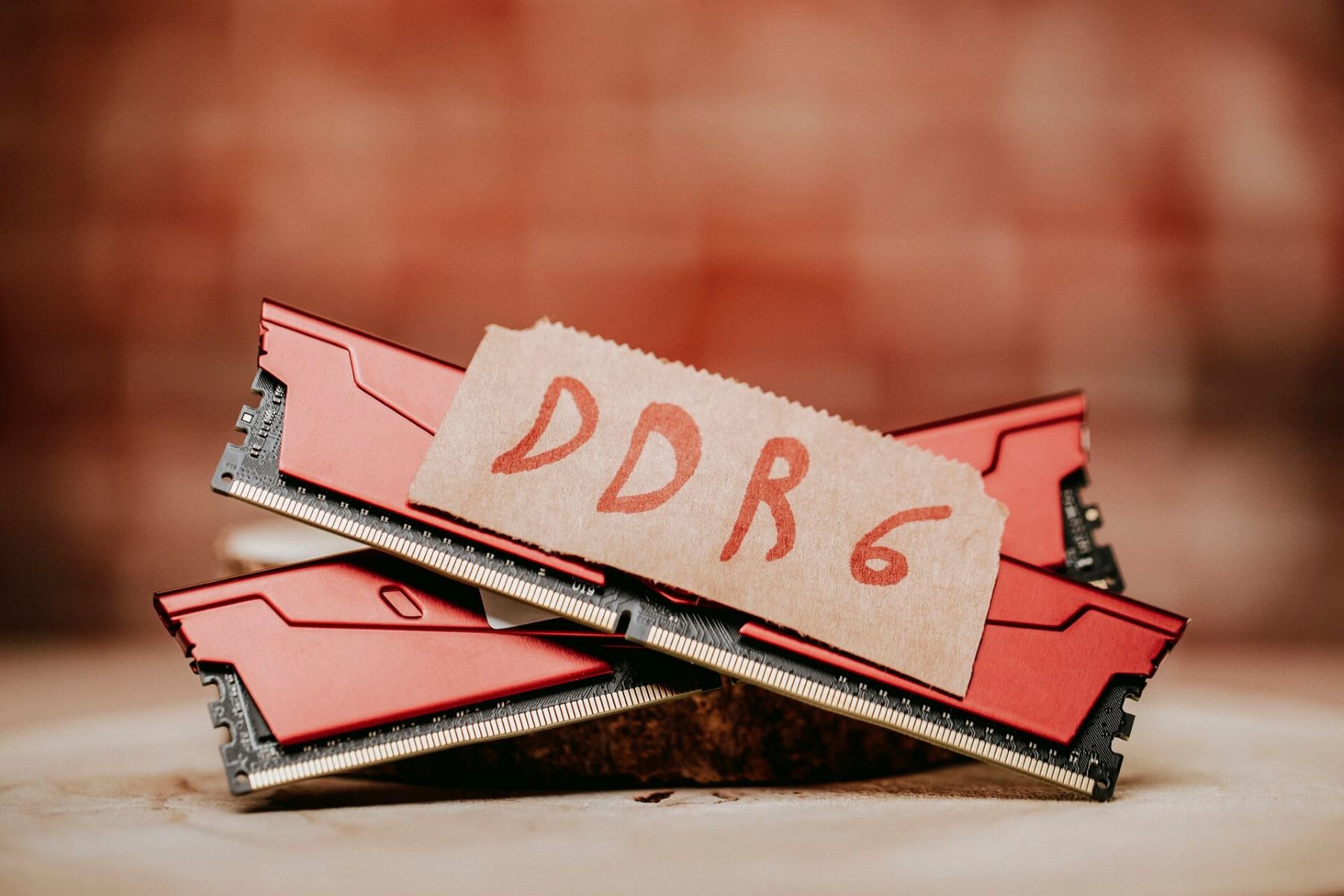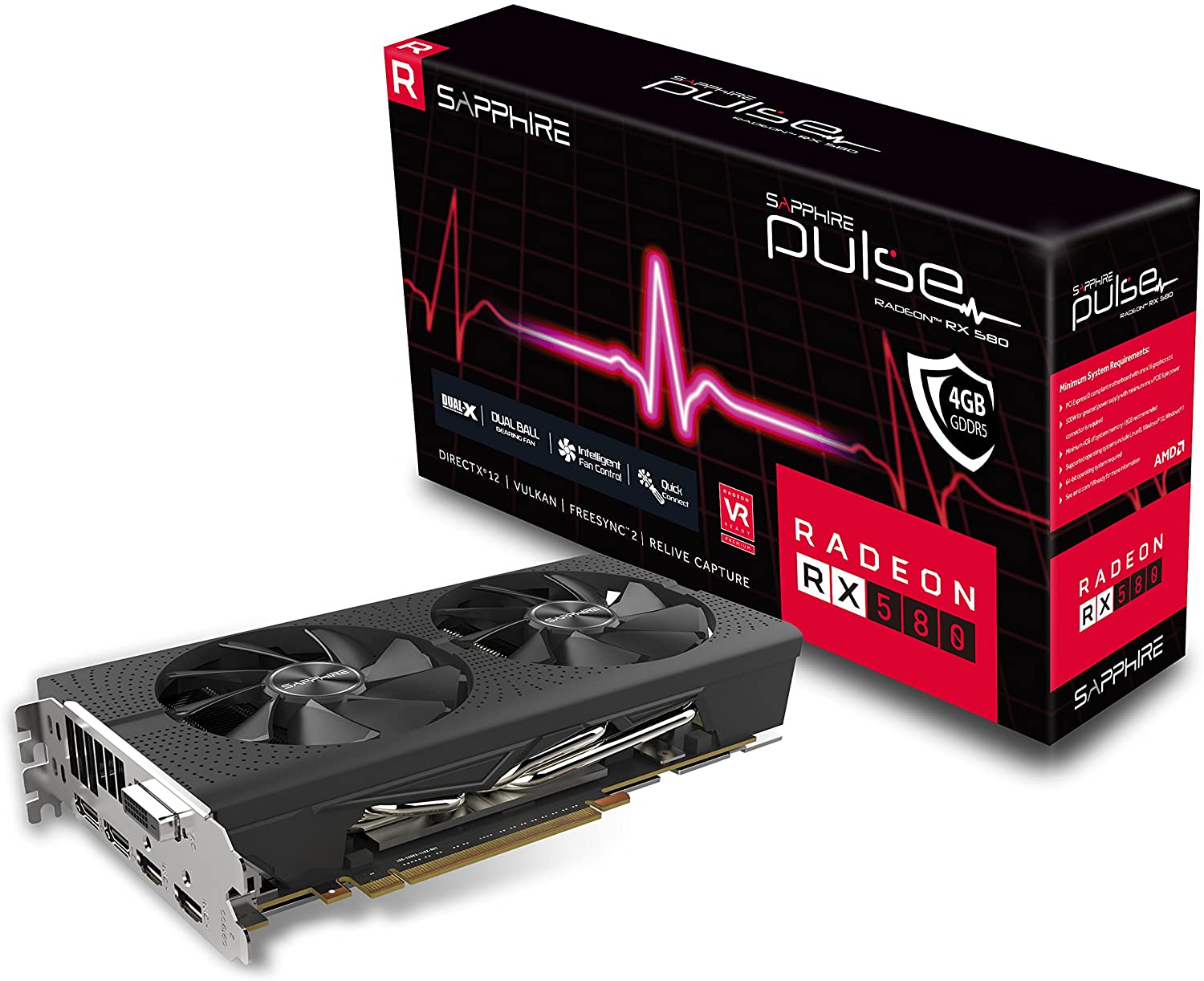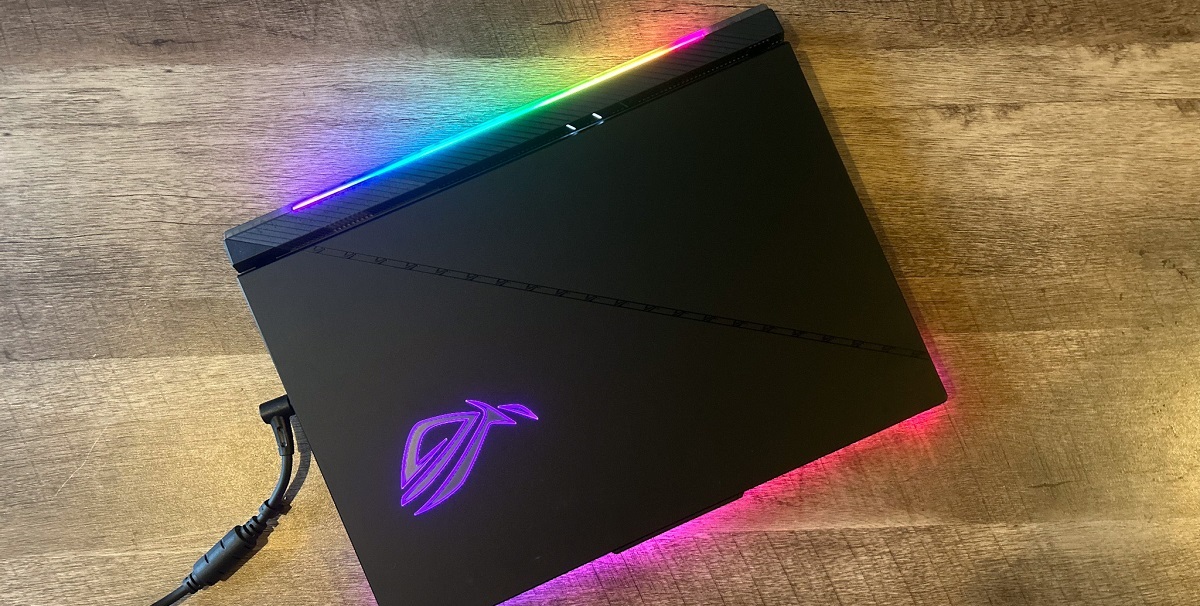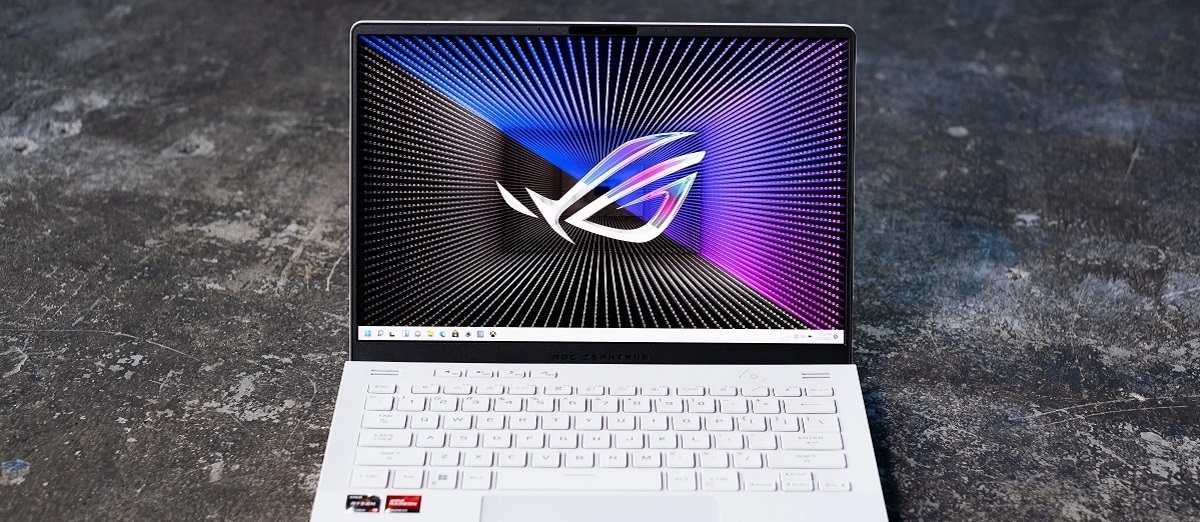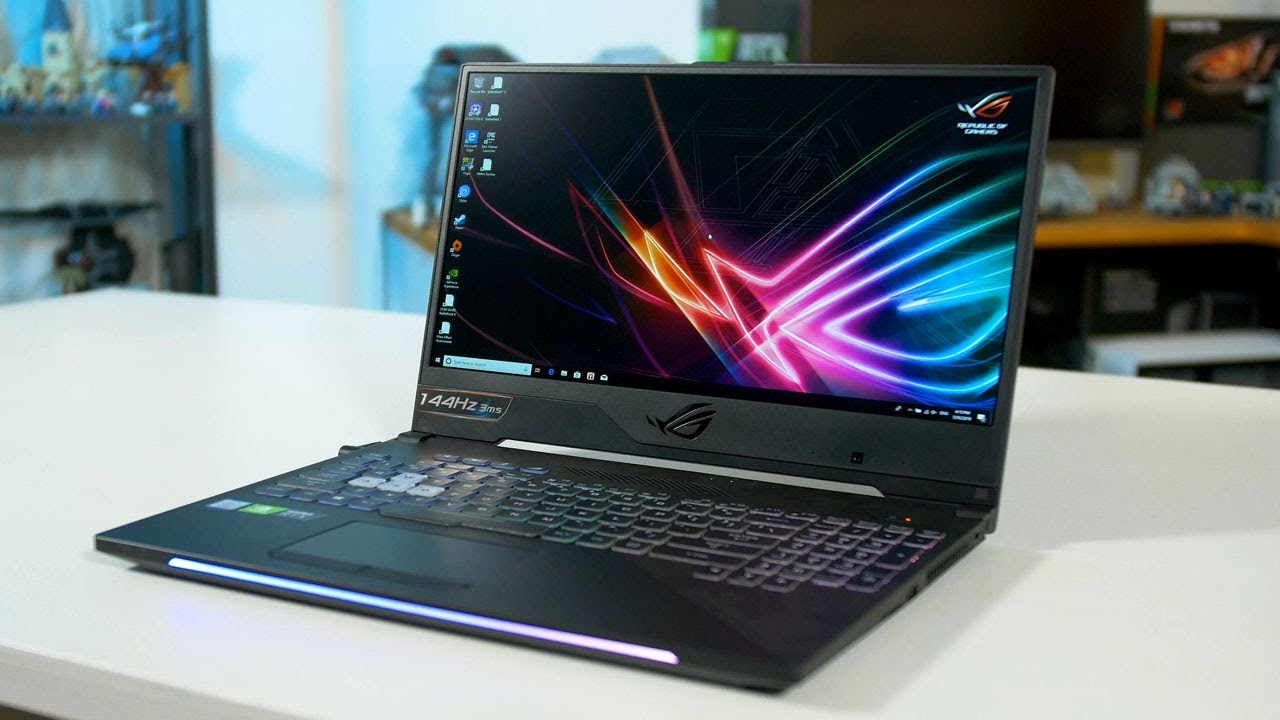Introduction
The evolution of technology is a continuous process, and when it comes to computer hardware, innovative advancements are constantly being introduced. One such advancement is the arrival of DDR6 RAM – the next generation of memory modules that promises to revolutionize the performance of computers. DDR6 RAM offers faster speeds, increased bandwidth, and enhanced efficiency, making it an exciting prospect for both casual users and tech enthusiasts.
DDR6 RAM, short for Double Data Rate 6 Random Access Memory, is the successor to DDR5 RAM, which itself brought significant improvements over its predecessor. The development of DDR6 RAM represents a major leap forward in memory technology, with the potential to greatly enhance the computing capabilities of various devices.
In this article, we will explore the benefits of DDR6 RAM, its current state of development, the expected release date, its performance improvements compared to previous generations, compatibility and motherboard support, pricing considerations, and its overclocking potential.
As technology enthusiasts eagerly await the arrival of DDR6 RAM, it’s crucial to understand the advancements it brings and how it can have a positive impact on the performance of our systems. So, without further ado, let’s dive deeper into the world of DDR6 RAM and explore all that it has to offer.
What is DDR6 RAM?
DDR6 RAM, or Double Data Rate 6 Random Access Memory, is the latest iteration of memory modules designed to enhance the performance and efficiency of computers. Like its predecessors, DDR6 RAM is a type of volatile memory that stores data temporarily while the computer is in use. However, DDR6 RAM takes this concept to new heights by offering faster speeds and increased bandwidth, resulting in smoother multitasking, faster data transfer, and overall improved system responsiveness.
One of the key advancements of DDR6 RAM is its increased data transfer rates. DDR6 RAM is expected to deliver speeds of up to 6400 MHz, or even higher in some cases. This speed boost enables faster read and write operations, allowing for quicker access to data and reducing latency. This is especially beneficial for memory-intensive applications such as video editing, gaming, and virtual reality, where large amounts of data need to be processed quickly.
Moreover, DDR6 RAM incorporates a more advanced architecture, resulting in improved efficiency and power management. It operates at lower voltages compared to previous generations, which leads to reduced power consumption and heat generation. This not only results in lower energy costs but also contributes to a cooler and more stable system.
In terms of physical design, DDR6 RAM modules feature a higher pin count compared to their predecessors. This increase in pins allows for a greater data path between the memory module and the processor, further enhancing the data transfer rate. Additionally, DDR6 RAM modules are expected to come in higher capacities, with options ranging from 8GB to 128GB per module, catering to the needs of both casual users and professionals.
To maximize the benefits of DDR6 RAM, it is essential to ensure compatibility with the motherboard. Most modern motherboards are expected to offer support for DDR6 RAM, but it is crucial to check the specifications of the motherboard to ensure compatibility. Some high-end motherboards may even feature optimized memory slots and enhanced circuitry to fully utilize the capabilities of DDR6 RAM.
All in all, DDR6 RAM represents a significant leap forward in memory technology, offering faster speeds, increased bandwidth, improved efficiency, and greater capacities. As DDR6 RAM becomes more widely available, it has the potential to transform the performance of computers, enabling users to experience faster and more responsive systems for a wide range of tasks.
Benefits of DDR6 RAM
DDR6 RAM brings forth several notable benefits that contribute to an overall improved computing experience. Let’s explore some of the key advantages that DDR6 RAM offers:
1. Faster Speeds: DDR6 RAM provides faster data transfer rates, allowing for quicker access to data and faster processing. This translates to better performance in memory-intensive tasks such as gaming, video editing, and 3D rendering.
2. Increased Bandwidth: DDR6 RAM offers higher bandwidth, enabling the seamless transfer of large amounts of data. This is particularly advantageous for applications that require handling extensive data sets or multi-tasking across multiple applications simultaneously.
3. Improved System Responsiveness: With its faster speeds and increased bandwidth, DDR6 RAM significantly improves overall system responsiveness. Tasks such as boot-up times, application loading, and file transfers will be noticeably faster, enhancing productivity and user experience.
4. Enhanced Multitasking: DDR6 RAM facilitates smoother multitasking by allowing the system to handle multiple applications and processes concurrently without experiencing significant performance degradation. This is particularly beneficial for individuals who frequently work with resource-intensive software or engage in tasks that require seamless switching between applications.
5. Compatibility with Future Technologies: DDR6 RAM is designed to meet the demands of emerging technologies and upcoming software. Its increased capacities and improved performance make it well-suited to handle the requirements of future software, thereby ensuring the longevity and future-proofing of your system.
6. Energy Efficiency: DDR6 RAM operates at lower voltages compared to previous generations, resulting in reduced power consumption and lower heat output. This not only contributes to energy savings but also helps maintain a cooler and more stable system.
7. Overclocking Potential: DDR6 RAM is known for its excellent overclocking potential, allowing users to push the memory speeds beyond the stock specifications. This enables enthusiasts and gamers to squeeze out even more performance from their systems, albeit at the expense of increased power consumption and potential stability risks.
Overall, DDR6 RAM offers a range of benefits, including faster speeds, increased bandwidth, improved multitasking capabilities, compatibility with future technologies, energy efficiency, and overclocking potential. As it becomes more readily available, DDR6 RAM will undoubtedly elevate the performance of computers and provide a more efficient and enjoyable computing experience.
The Current State of DDR6 RAM Development
The development of DDR6 RAM has been ongoing for several years, and it is currently in an advanced stage of production. Memory manufacturers, such as Micron, Samsung, and SK Hynix, have been actively working on the production and validation of DDR6 RAM modules, aiming to bring them to market in the near future.
As of now, DDR6 RAM has already undergone extensive testing and validation processes to ensure its performance, reliability, and compatibility with various systems. Memory manufacturers are investing significant resources into research and development to push the boundaries of memory technology and deliver superior products.
In terms of compatibility, DDR6 RAM is designed to work with motherboards that support the latest memory specifications. Although the availability of DDR6 RAM-compatible motherboards may be limited initially, it is expected that motherboard manufacturers will gradually release more models to support DDR6 RAM as it becomes more prevalent in the market.
Regarding the release timeline, the exact availability of DDR6 RAM modules may vary between manufacturers. However, industry experts predict that DDR6 RAM will begin to hit the market in the coming years. This aligns with the typical release cycle of new memory technologies, as it takes time for production and manufacturing processes to ramp up to meet demand.
Additionally, it is worth noting that the initial release of DDR6 RAM modules may cater more towards the high-end market segment, with higher capacity and performance-oriented modules being available first. As time progresses and production scales up, more affordable and mainstream options are expected to become accessible to a wider range of users.
In terms of technological advancements, DDR6 RAM brings significant improvements over its predecessors. With faster speeds, increased bandwidth, and improved efficiency, DDR6 RAM aims to meet the demands of resource-intensive applications, gaming, and emerging technologies. It is expected to provide a solid foundation for future technological advancements and software developments.
Overall, the current state of DDR6 RAM development indicates that it is progressing well and nearing its release. Memory manufacturers are actively working on bringing DDR6 RAM to the market, and as the production and availability increase, users can expect to experience the benefits of this next-generation memory technology in their systems.
Expected Release Date of DDR6 RAM
The release date of DDR6 RAM has been a topic of much anticipation and speculation. While an exact release date cannot be pinpointed, industry experts and manufacturers provide some insights into the expected timeline.
Based on the current state of DDR6 RAM development, it is anticipated that the first DDR6 RAM modules will start to become available in the market within the next couple of years. However, the initial availability might be limited, with higher-end and performance-oriented modules being introduced first.
Memory manufacturers such as Micron, Samsung, and SK Hynix have been investing significant resources in research, development, and production to bring DDR6 RAM to market. These manufacturers are constantly working on optimizing the manufacturing processes and production yields, which is crucial for meeting the anticipated demand once DDR6 RAM is released.
Additionally, the availability of motherboards compatible with DDR6 RAM will play a vital role in the release timeline. Motherboard manufacturers are expected to gradually introduce DDR6 RAM supporting models as the demand for this new memory technology increases. This process may take some time as motherboard manufacturers need to ensure the stability, compatibility, and performance of their products.
It’s important to note that the release dates and availability may vary between memory manufacturers and regions. Initially, DDR6 RAM modules are likely to be more readily available to enthusiasts and high-end users who require the cutting-edge performance that DDR6 RAM offers. As production scales up and becomes more affordable, DDR6 RAM will become more accessible to mainstream users.
Ultimately, while the precise release date remains unknown, it is clear that DDR6 RAM is on the horizon and will soon be available for users seeking to boost the performance and capabilities of their systems. As the technology continues to evolve and the market demand increases, users will be able to experience the benefits of DDR6 RAM in their everyday computing tasks.
Performance Improvements of DDR6 RAM
DDR6 RAM brings a significant leap in performance compared to its predecessors, offering several key improvements that enhance the overall computing experience. Let’s take a closer look at the performance enhancements that DDR6 RAM brings to the table.
1. Faster Speeds: DDR6 RAM provides faster data transfer rates, enabling quicker access to data and enhanced system responsiveness. With speeds expected to reach up to 6400 MHz and beyond, DDR6 RAM significantly reduces latency and boosts the overall performance of memory-intensive tasks.
2. Increased Bandwidth: DDR6 RAM offers higher bandwidth compared to previous generations, allowing for the seamless transfer of larger amounts of data. This advantage is especially beneficial when dealing with memory-intensive applications, such as video editing, rendering, and gaming, as it ensures smoother and more efficient data processing.
3. Improved Memory Capacity: DDR6 RAM modules are expected to support higher capacities, ranging from 8GB to 128GB per module. This increased memory capacity allows for more simultaneous data storage, enabling users to handle complex tasks and work with larger datasets more efficiently.
4. Enhanced Multitasking: With its improved data transfer speeds and increased memory capacity, DDR6 RAM facilitates seamless multitasking. Users can concurrently run multiple applications, switch between them effortlessly, and experience smoother performance even under heavy workloads.
5. Reduced Latency: DDR6 RAM significantly reduces latency, resulting in quicker response times between the processor and memory. This reduction in latency ensures snappier system performance, especially during tasks that require frequent data access and retrieval.
6. Efficiency and Power Optimization: DDR6 RAM operates at lower voltages compared to previous generations, which translates to improved power efficiency. Lower power consumption not only results in cost savings but also reduces heat generation, contributing to a cooler and more stable system overall.
7. Future-Proofing: DDR6 RAM is designed to meet the demands of emerging technologies and software advancements. Its improved performance, higher capacities, and compatibility with future technologies ensure that systems equipped with DDR6 RAM will be ready to handle the demands of advanced applications and software for years to come.
Overall, the performance improvements of DDR6 RAM encompass faster speeds, increased bandwidth, improved multitasking capabilities, reduced latency, better power optimization, and future-proofing capabilities. With DDR6 RAM, users can expect a noticeable enhancement in their system’s overall performance and the ability to handle demanding tasks with ease.
Compatibility and Motherboard Support for DDR6 RAM
As DDR6 RAM emerges as the next generation of memory technology, compatibility and motherboard support play a crucial role in determining its adoption and usability. Let’s explore the compatibility considerations and motherboard support for DDR6 RAM.
DDR6 RAM requires specific motherboard support to function properly. While DDR6 RAM modules are not backward compatible with older motherboard generations, many modern motherboards are expected to offer support for DDR6 RAM. However, it’s essential to verify the compatibility of DDR6 RAM with your motherboard before making a purchase.
Motherboard manufacturers are working to release models compatible with DDR6 RAM as the demand for this new memory technology increases. Some high-end motherboards may even offer optimized memory slots and enhanced circuitry to fully harness the capabilities of DDR6 RAM, providing an optimal user experience for memory-intensive tasks.
Before upgrading to DDR6 RAM, it is crucial to consult the specifications and documentation of your motherboard. Look for information on supported memory speeds, memory module capacities, and DDR6 RAM compatibility. Most motherboard manufacturers will explicitly state the supported memory types, which should include DDR6 RAM once it becomes widely available.
Furthermore, it’s important to note that DDR6 RAM operates at different voltages and signaling levels compared to its predecessors. For this reason, DDR6 RAM cannot be physically installed in DDR4 RAM slots, and vice versa. Therefore, it’s essential to verify the physical compatibility of DDR6 RAM modules with the memory slots on your motherboard.
When DDR6 RAM becomes more prevalent, motherboard manufacturers are likely to release firmware updates to improve compatibility and optimize performance. Check for updates from your motherboard manufacturer to ensure that you have the latest BIOS or UEFI firmware version installed.
In summary, DDR6 RAM requires specific motherboard support and compatibility. While most modern motherboards are anticipated to offer compatibility, it is essential to verify the specifications and consult the documentation of your motherboard. Look out for optimized memory slots, enhanced circuitry, and any necessary firmware updates to ensure seamless integration and optimum performance with DDR6 RAM.
Pricing Considerations for DDR6 RAM
When considering an upgrade to DDR6 RAM, pricing is undoubtedly a significant factor to take into account. As DDR6 RAM is a newer and more advanced memory technology, it is expected to come with a higher price tag compared to DDR4 RAM. However, several factors contribute to the pricing of DDR6 RAM.
Firstly, the cost of researching, developing, and manufacturing DDR6 RAM modules plays a significant role in pricing. Memory manufacturers invest substantial resources into advancing memory technology and optimizing production processes. This investment in research and development, coupled with the complexity involved in producing DDR6 RAM, contributes to the higher cost of DDR6 RAM modules.
Secondly, the initial availability and market demand for DDR6 RAM can have an impact on pricing. Initially, DDR6 RAM modules may be more readily available to enthusiasts and high-end users, who are typically willing to pay a premium for cutting-edge technology. As production scales up and the market becomes more saturated, the prices of DDR6 RAM modules are expected to become more accessible to mainstream users.
Furthermore, the specifications and features of DDR6 RAM modules can influence pricing. Higher-capacity modules and those with faster speeds will generally have higher price points. Users should assess their specific needs and prioritize the desired speed and capacity when considering DDR6 RAM options.
It’s also worth noting that the pricing of DDR6 RAM is subject to market dynamics, including competition between memory manufacturers, supply chain factors, and market demand. Over time, as DDR6 RAM becomes more widespread and standardized, increased competition and economies of scale are likely to contribute to price decreases.
When purchasing DDR6 RAM, it is advisable to compare prices from different retailers and consider reputable brands. Additionally, keeping an eye out for promotions, sales, or bundled deals can help in acquiring DDR6 RAM at a more affordable price.
In summary, DDR6 RAM is expected to have a higher price compared to its predecessor, DDR4 RAM, primarily due to the cost of research, development, and manufacturing. Initial availability, market demand, module specifications, and market dynamics also influence the pricing of DDR6 RAM modules. However, as time progresses and production scales up, prices are anticipated to become more accessible to a wider range of users.
Overclocking Potential of DDR6 RAM
Overclocking refers to the process of increasing the clock speed of a component beyond its stock specifications. DDR6 RAM, like its predecessors, offers potential for overclocking, allowing users to push the memory speeds beyond the default settings to achieve even higher performance. Let’s delve into the overclocking potential of DDR6 RAM.
DDR6 RAM modules are known for their excellent overclocking capabilities. Overclocking DDR6 RAM can result in higher data transfer rates and improved system responsiveness, enhancing the performance of tasks that heavily rely on memory bandwidth.
Before embarking on overclocking DDR6 RAM, it is important to consider a few factors:
1. Quality of DDR6 RAM Modules: High-quality DDR6 RAM modules, typically those from reputable manufacturers, tend to have better overclocking potential. These modules are often engineered specifically for improved stability and performance under high-stress conditions.
2. Cooling and Heat Dissipation: Overclocking DDR6 RAM generates additional heat, and maintaining adequate cooling is crucial for stability and longevity. Ensure that you have sufficient cooling solutions in place, such as well-ventilated cases, fans, or liquid cooling systems, to remove heat effectively.
3. Voltage Considerations: Overclocking DDR6 RAM typically requires a slight voltage increase to maintain stability at higher speeds. However, it is important to exercise caution and stay within the voltage limits specified by the RAM manufacturer to prevent damage to the modules or other system components.
4. Stress Testing and Stability Testing: To ensure a stable overclock, it is recommended to thoroughly test and stress the system under various workloads. Stress testing tools such as MemTest86+ or Prime95 can help identify any potential stability issues that may arise from overclocking DDR6 RAM.
5. Warranty Considerations: Overclocking DDR6 RAM may void the warranty provided by the manufacturer. It is essential to verify the manufacturer’s warranty policy and understand the potential impact on warranty coverage before attempting any overclocking.
Overclocking DDR6 RAM can result in significant performance gains. By increasing the memory speeds, the overall system performance can be enhanced, leading to faster task execution, improved gaming experiences, and reduced loading times in memory-intensive applications.
However, it is crucial to approach overclocking with caution and understand the potential risks involved. Overclocking can lead to increased power consumption, higher heat generation, and potential instability if not done correctly. Users should also consider the limitations of their hardware and ensure that they have adequate knowledge, testing, and cooling measures in place to achieve a stable and reliable overclock.
In summary, DDR6 RAM offers excellent overclocking potential, allowing users to push memory speeds beyond stock specifications for improved performance. However, overclocking should be approached with caution, considering factors such as the quality of RAM modules, cooling requirements, voltage considerations, stress testing, and warranty considerations. When done responsibly, overclocking DDR6 RAM can result in noticeable performance improvements and enhance the overall computing experience.
Conclusion
DDR6 RAM marks a significant leap in memory technology, offering faster speeds, increased bandwidth, improved efficiency, and the potential for enhanced system performance. Throughout this article, we have explored various aspects of DDR6 RAM, including its definition, benefits, current state of development, expected release date, performance improvements, compatibility considerations, pricing factors, and overclocking potential.
DDR6 RAM is poised to bring notable advancements in the computing industry, providing users with faster speeds, smoother multitasking, improved system responsiveness, and compatibility with emerging technologies. It represents the next step in memory technology evolution, promising to meet the demands of memory-intensive tasks and future software developments.
While an exact release date for DDR6 RAM cannot be determined, it is expected to become available in the coming years as memory manufacturers continue to refine production processes. Motherboard support for DDR6 RAM is crucial, and users should refer to their motherboard specifications to ensure compatibility.
Pricing considerations are essential when contemplating an upgrade to DDR6 RAM. As with any new technology, DDR6 RAM is likely to come with a higher price compared to its predecessors initially. However, as production scales up and the market becomes more mature, prices are expected to become more accessible to mainstream users.
Overclocking DDR6 RAM offers the potential for further performance enhancements, allowing users to push memory speeds beyond stock specifications. However, overclocking should be approached with caution, considering factors such as module quality, cooling requirements, voltage considerations, stress testing, and the impact on warranties.
In conclusion, the arrival of DDR6 RAM heralds an exciting future for memory technology. With its faster speeds, increased bandwidth, improved efficiency, and compatibility with future technologies, DDR6 RAM has the potential to transform the performance of computers and elevate the computing experience to new heights. As DDR6 RAM becomes more readily available, users can expect enhanced system performance, smoother multitasking, and improved responsiveness, ultimately enabling them to tackle complex tasks and explore the possibilities of emerging technologies with greater efficiency.







